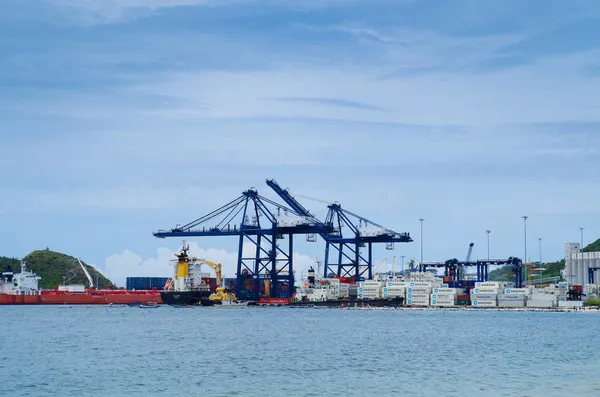The ongoing protests against the Colombian government in the South American country have affected an unexpected part of the produce industry.
“It’s a little surprising that packing materials have been the main issue affecting us but that’s the reality,” says Andres Ocampo with HLB Specialties in Fort Lauderdale, FL.
While HLB deals with shipping largely exotic and tropical Colombian products to different parts of the world--the U.S., Canada, throughout Europe and more--Ocampo says the issue is accessing the raw materials to create produce packaging. “For example, the box manufacturers are located close to the city of Cali which was the epicenter of the protests in the beginning. The roadblocks created a bottleneck in packing materials that trickled down into the supply chain,” he says. “Even though we had the product, in some cases we lost opportunities because we didn’t have the supplies needed to pack it and ship it.”
 Source: Dreamstime
Source: Dreamstime
Using up inventory
He notes when the protests began at the end of April, growers and shippers had an inventory of materials to rely on. “But after a few weeks, those inventories were low and used up and needed replenishing. The factories couldn’t keep up with demand because the raw materials were not getting to them in a timely manner. There was a delay on the effects of the protests by about two to three weeks.”
In HLB’s case, the protests impacted packaging that it had developed as well. So how did it deal with this? “We had to go back to basics. We had to forget about having the colorful print and specialty packaging and instead deal with what’s available,” Ocampo says. Some factories had supplies to use but they weren’t always preferred suppliers. “But at the end of the day we had to put packaging on our produce so that’s what we ended up doing,” he says.
Global supply issues
This is just another bump in an already unstable global supply chain. “The problem almost blends in with what’s happening everywhere. But it would have happened to some degree anyways because the supply chains are so strained right now,” Ocampo says.
This also adds to problems that have emerged in the country’s major port, Buenaventure, which are also related to the protests. At the end of May for example, a group of shipping companies suspended operations at the port. “Buenaventure is also a city with social issues and unrest so it was natural the strikes would also significantly impact the port,” says Ocampo.
That said, the situation in Colombia starting to stabilize and moving slowly to a return to normal--earlier last week, protest leaders in Colombia called to suspend demonstrations. “They are getting closer to solving the problem but unfortunately it will take time. The damage has been done though and the supply chain is disrupted,” Ocampo says. “We need the supply chains to get back to normal. But even if things were solved today, it would take weeks, even a month, until things get back to a regular schedule of shipping and the backlog is taken care of.”
 For more information:
For more information:
Andres Ocampo
HLB Specialties
Tel: (+1) 954-475-8808
andres@hlbspec.com
www.hlbspecialties.com
